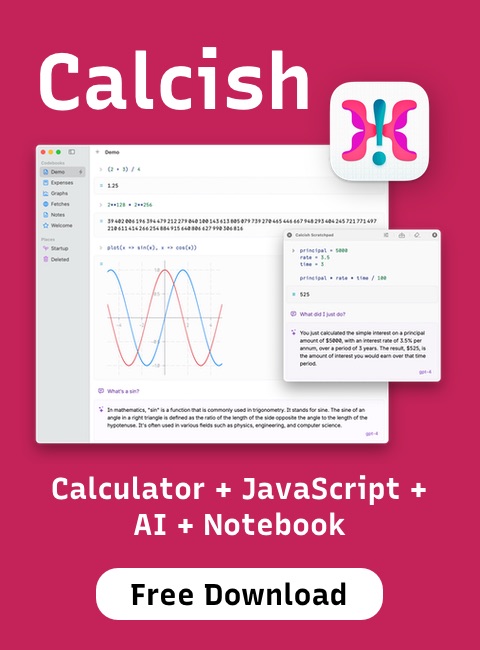Tag: front-end
| Feb 09, 2015 | Colors — default web palette replacement |
| Feb 05, 2015 | Fontello — build custom icon fonts |
| Jan 24, 2015 | Hint.css — pure CSS tooltips |
| Jan 22, 2015 | 3 Minimalistic Bootstrap Alternatives |
| Jan 19, 2015 | 5 React.js + Flux tools |
| Jan 13, 2015 | Maverix — Bootstrap theme for webapps with Mac look |
| Jan 10, 2015 | Minimize PNG files using lossy compression |
| Jan 05, 2015 | Optimizing JPEG images with MozJPEG |
| Jan 01, 2015 | Download web fonts from Google with webfont-dl |
